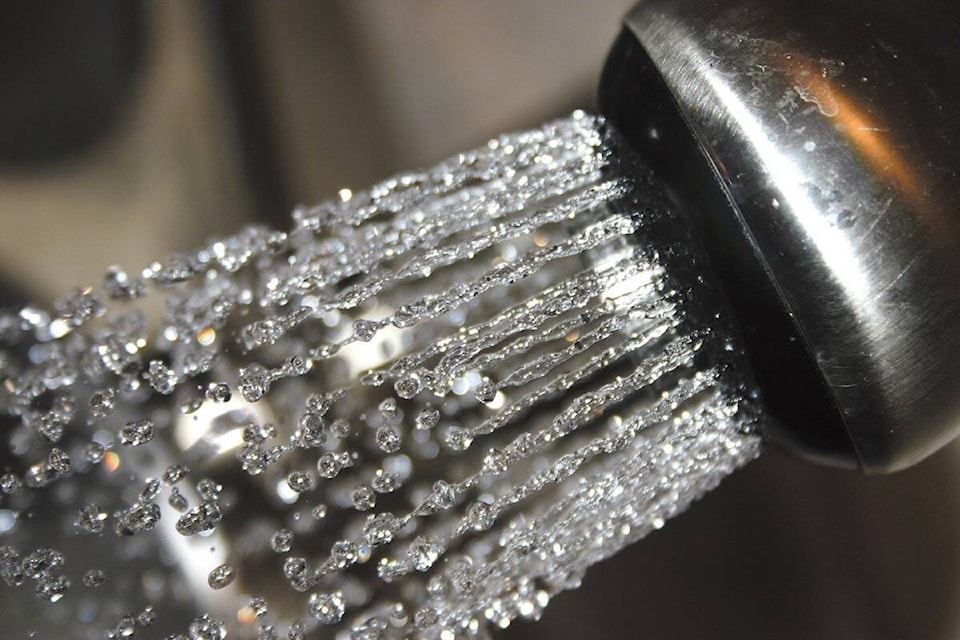Work to mitigate lead levels in water at Nanaimo-Ladysmith schools is complete, but it means a lot of water is going down the drain.
The B.C. Ministry of Education previously mandated school districts test all facilities built pre-1990 for lead levels in the water. Nanaimo Ladysmith Public Schools completed that work a little over a year ago, and staff provided an update at the April 10 business committee meeting. Pete Sabo, SD68 executive director of planning and operations, said a combination of pipe and fixture replacement and installation of automatic valves that flush water lines were utilized.
Valves flush pipes for 20 minutes every morning and there are signs advising people to run water for two minutes before use, according to the school district.
Trustee Tom Rokeby worried about water being wasted and Sabo said while the district doesn’t have exact figures for the volume of water, it does see it as an opportunity to save resources, when comparing flushing to filtration.
“Buying filters, consolidating filters, disposing of consolidated lead and the cost of it and the impact on the manpower to make that happen, it was felt that the flushing method would ultimately be the best direction for the district, however it does utilize a resource,” said Sabo. “We do believe it’s less expensive than the filtering-the-lead model and doesn’t contribute to any landfill [contamination].”
Rokeby replied that costing out environmental impacts is “always difficult.”
The ministry has directed school districts to continue testing water once every three years, and schools could see water flushing signs removed based on long-term results.
“As we prove out that the flushing is constant, then we want to work to reduce the amount of flushing,” Sabo told the committee. “You can imagine if we drop from 20 minutes to 10 minutes, we’re using half the amount of water.”
Bayview, Brechin, Cedar, Chase River, Cilaire, Cinnabar, Departure Bay, Fairview, Forest Park, Frank J. Ney, Georgia, École Hammond Bay and Ladysmith Intermediate schools were tested in February and none had levels surpassing 0.005 milligrams per litre, the maximum acceptable limit established by Health Canada.
A total of 68 water samples were taken from sources that included kitchens, staff rooms and drinking fountains, the report noted.
RELATED: SD68 implements fixes after testing for lead in water
